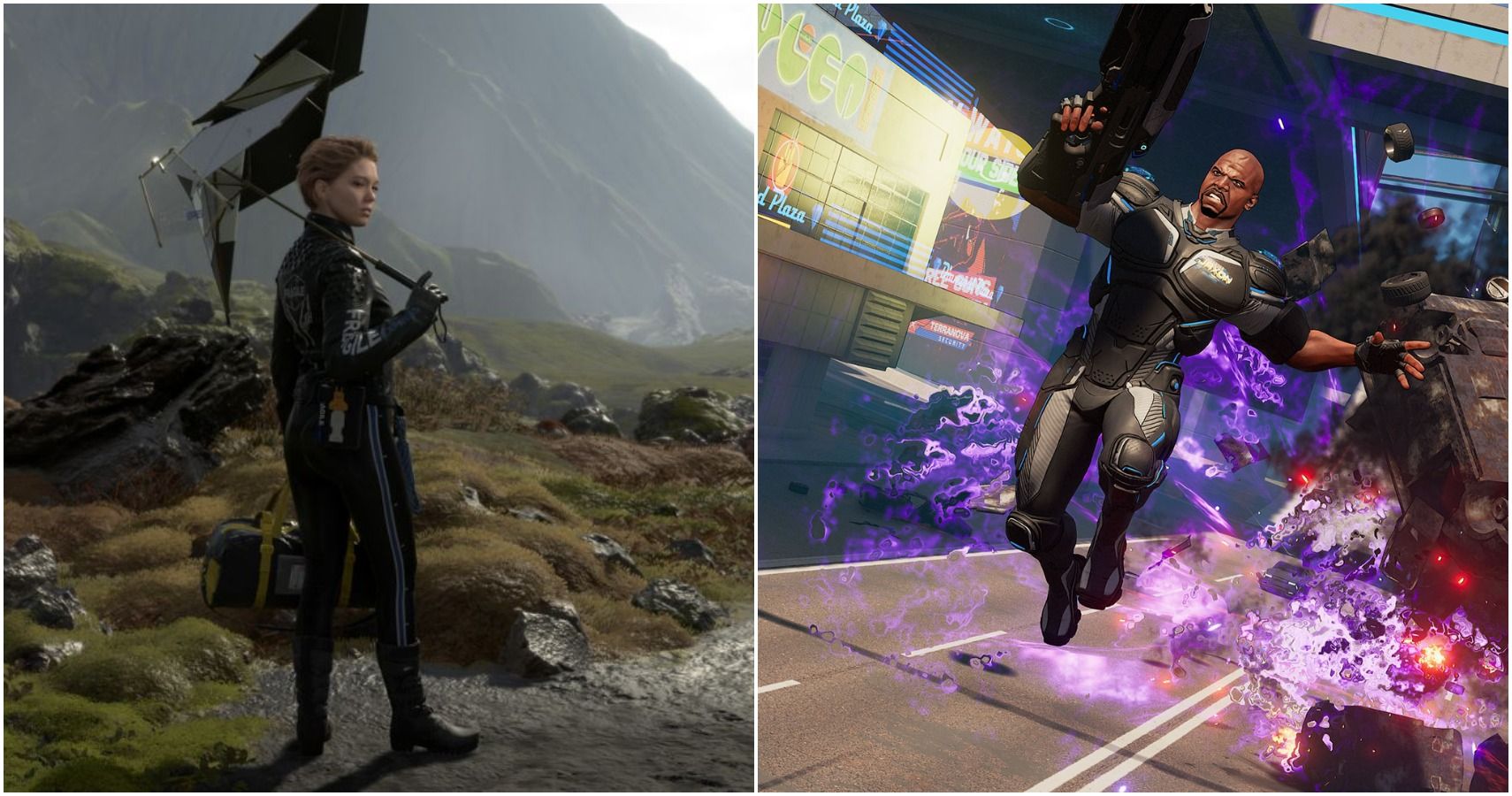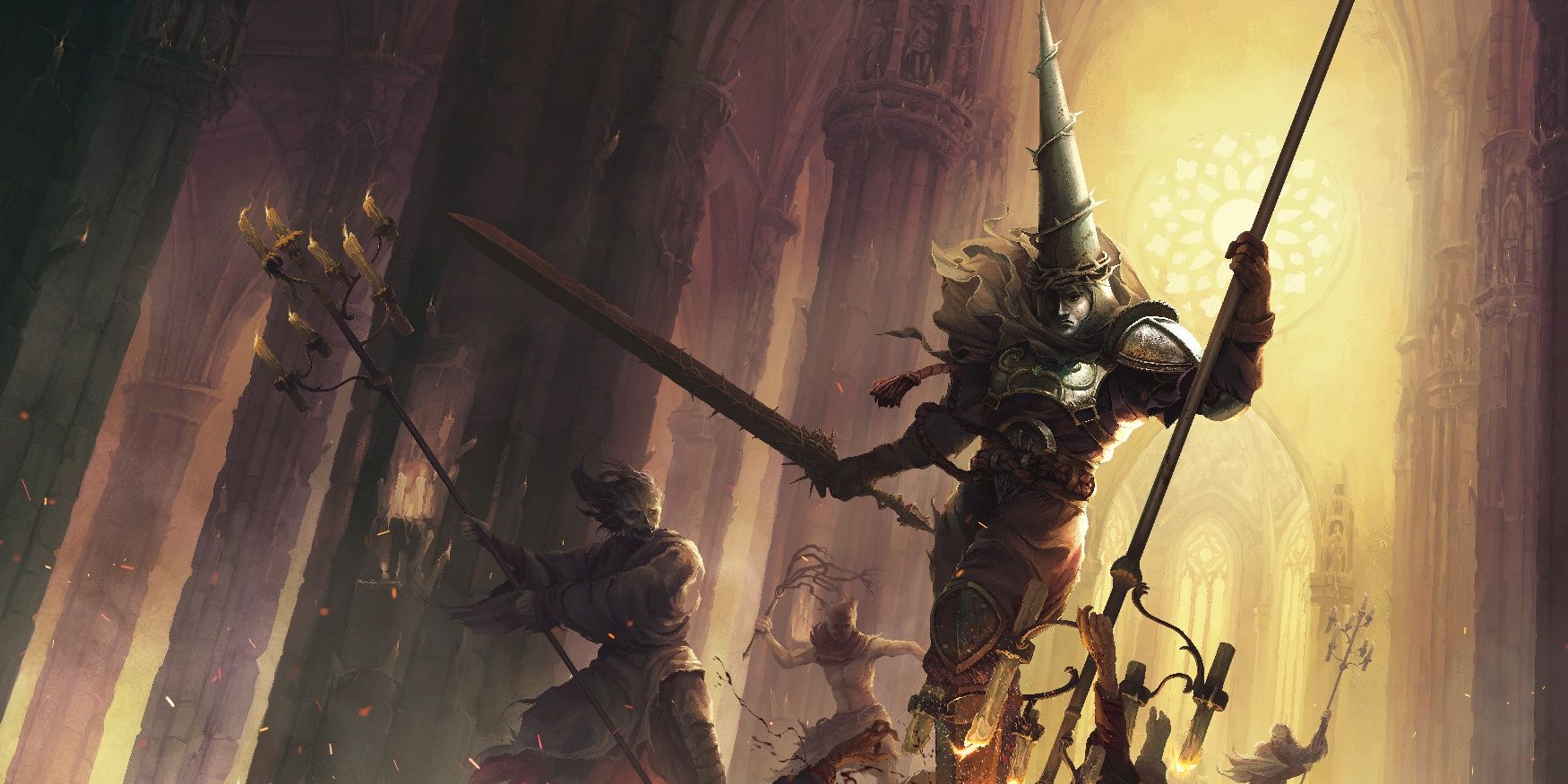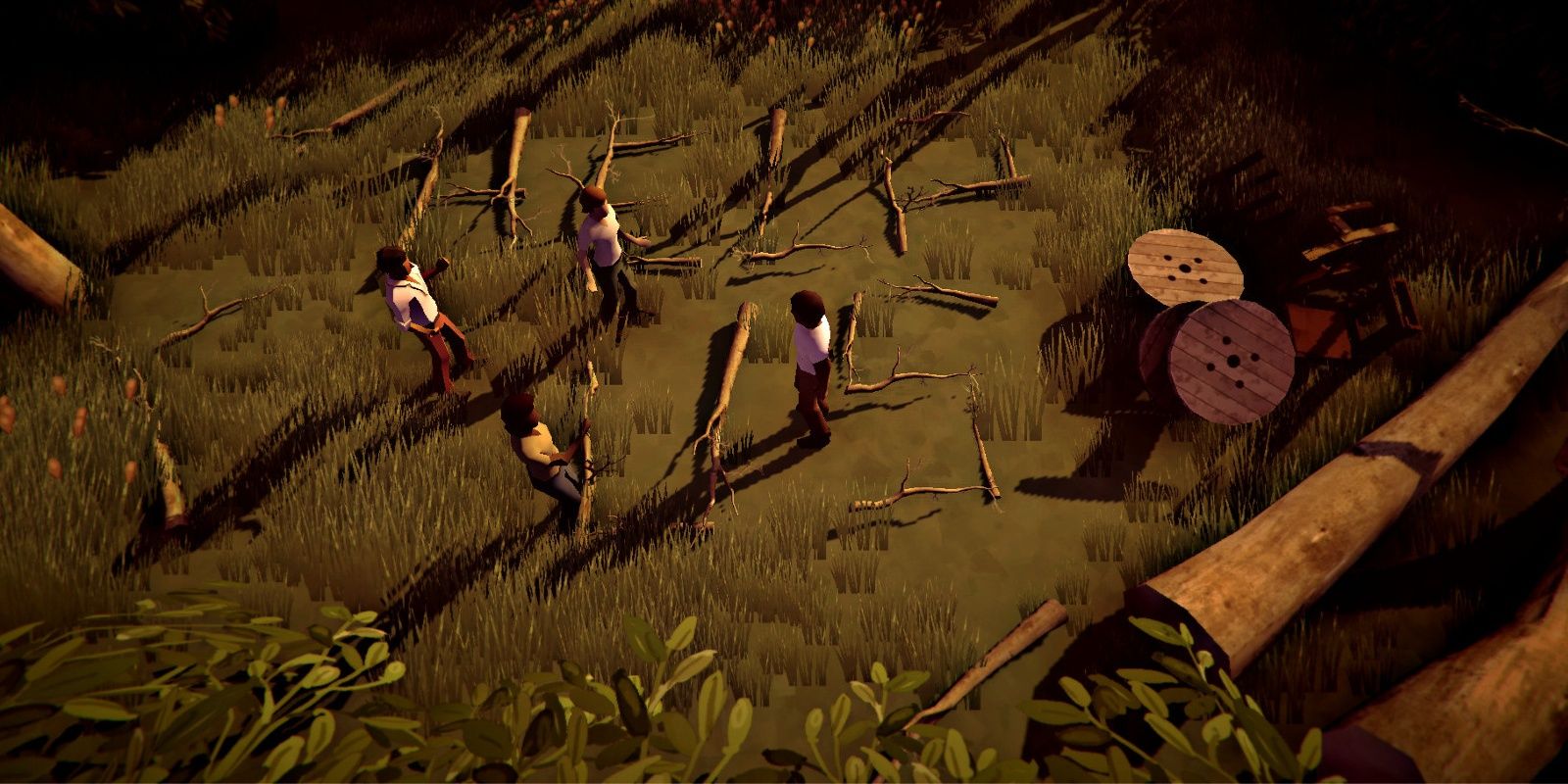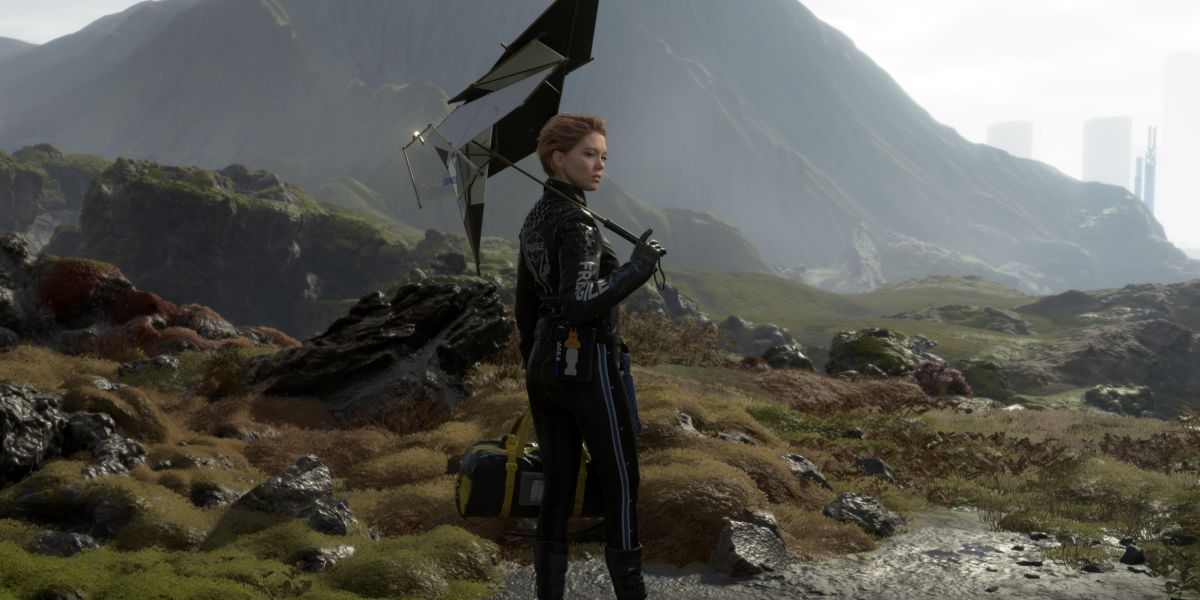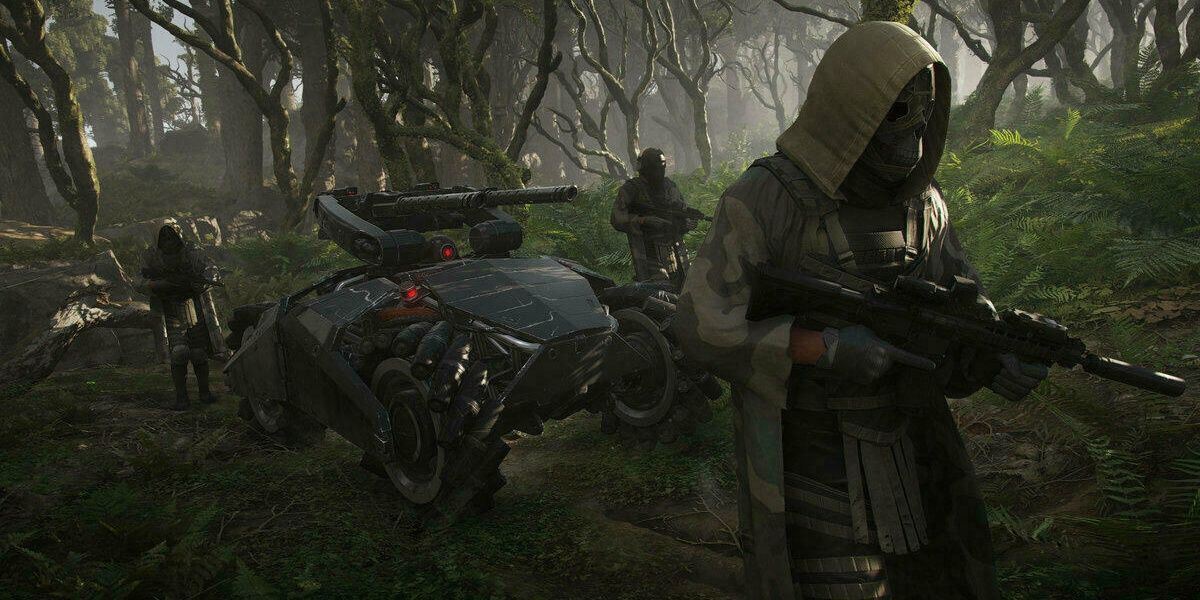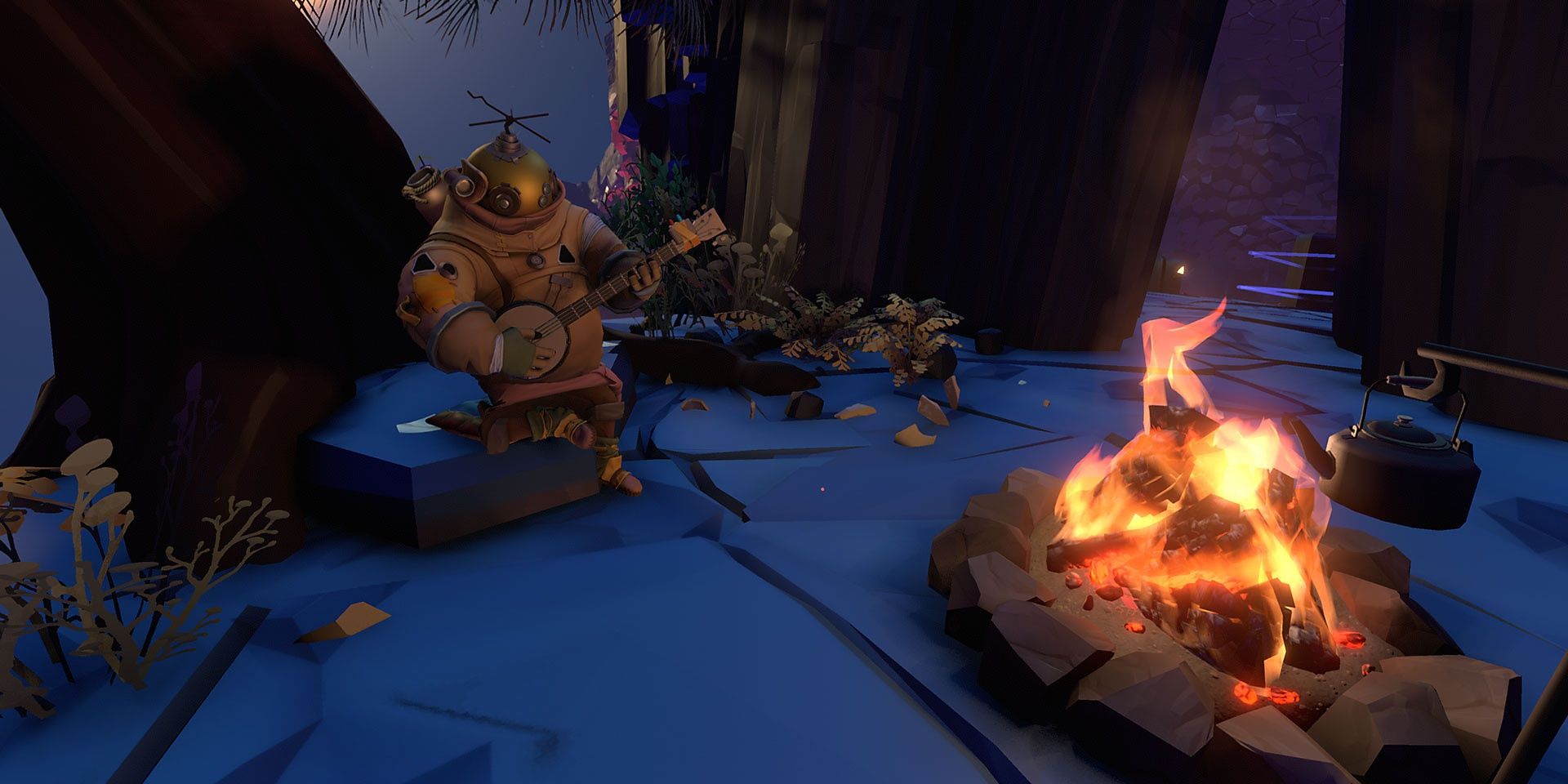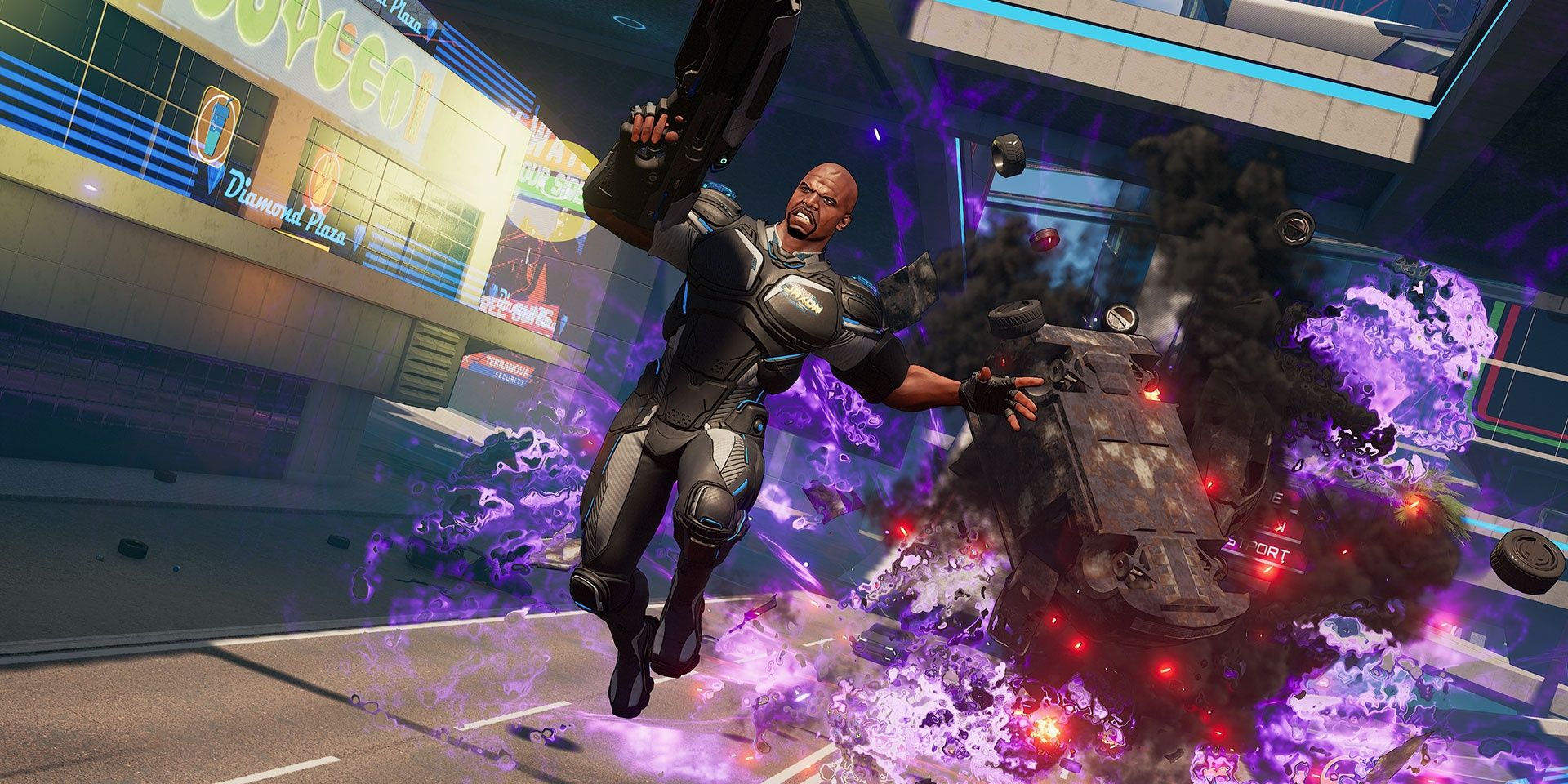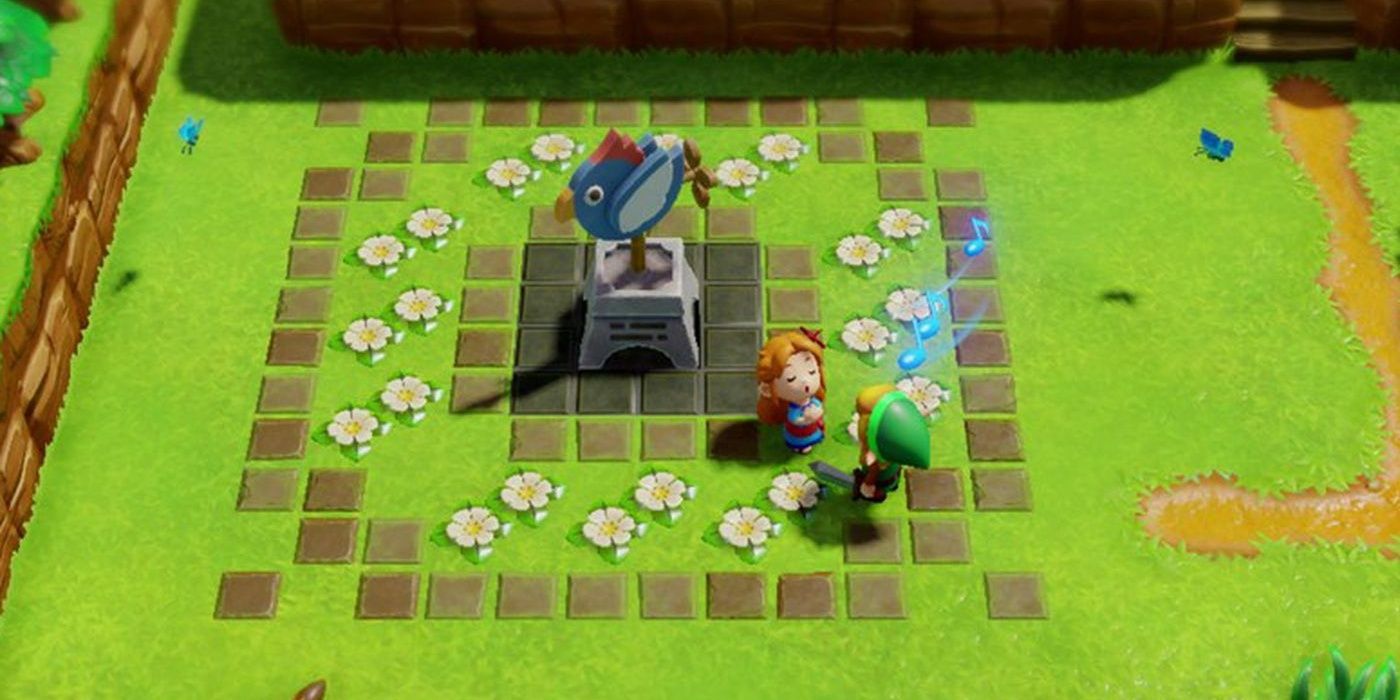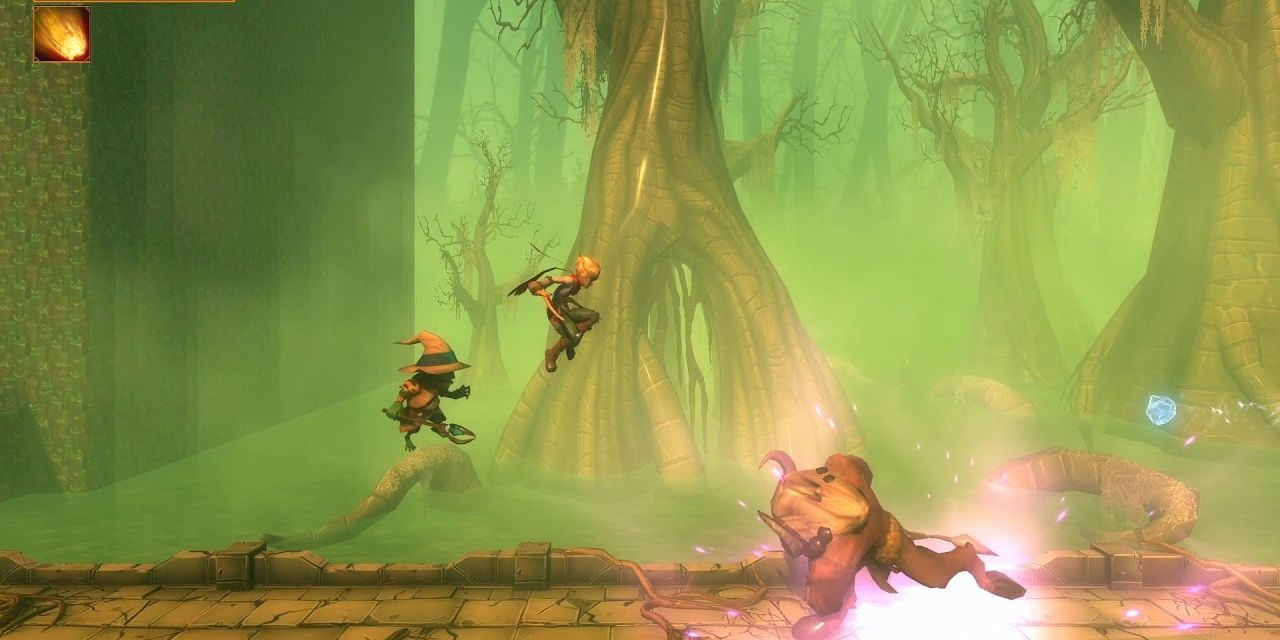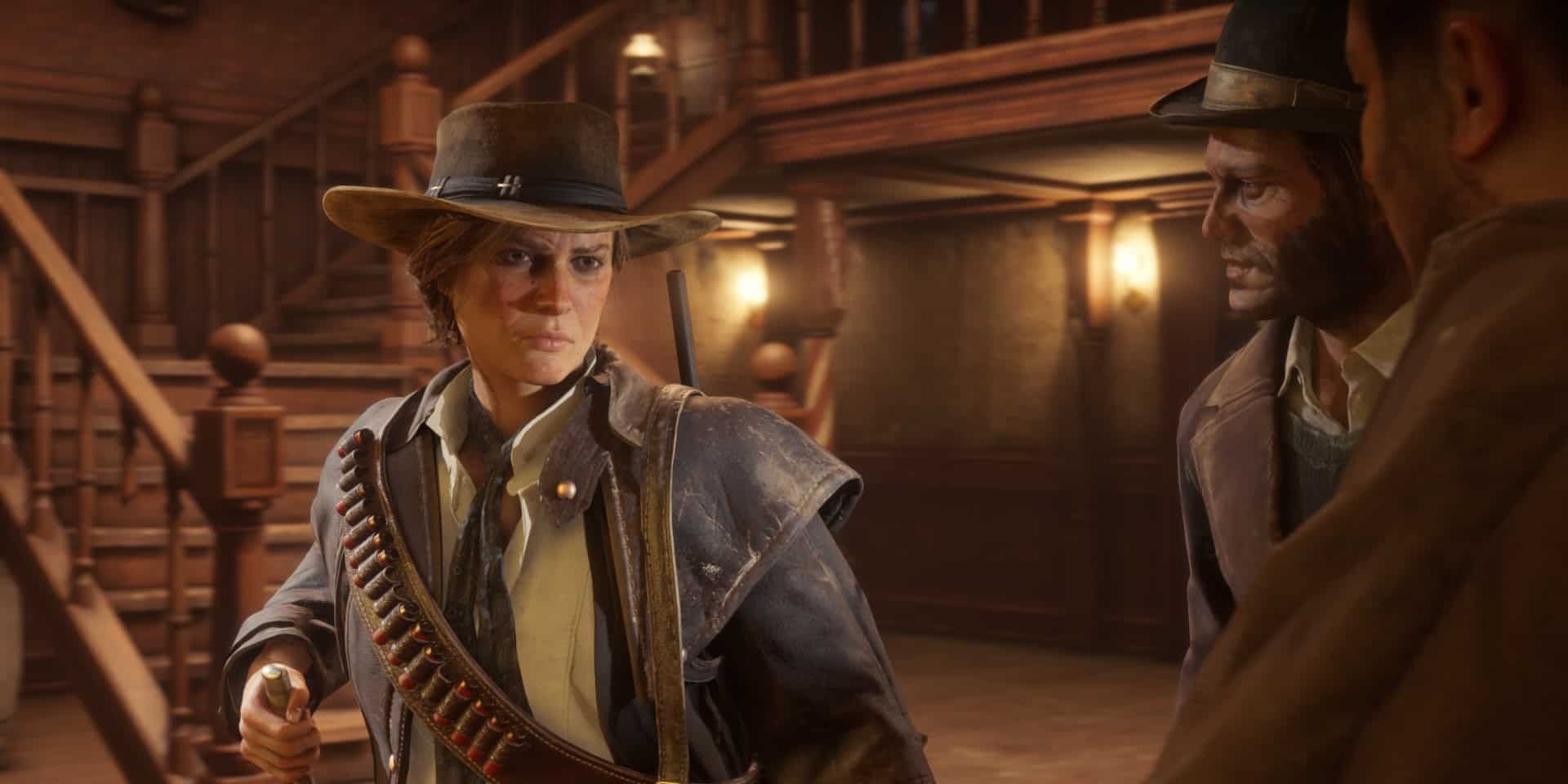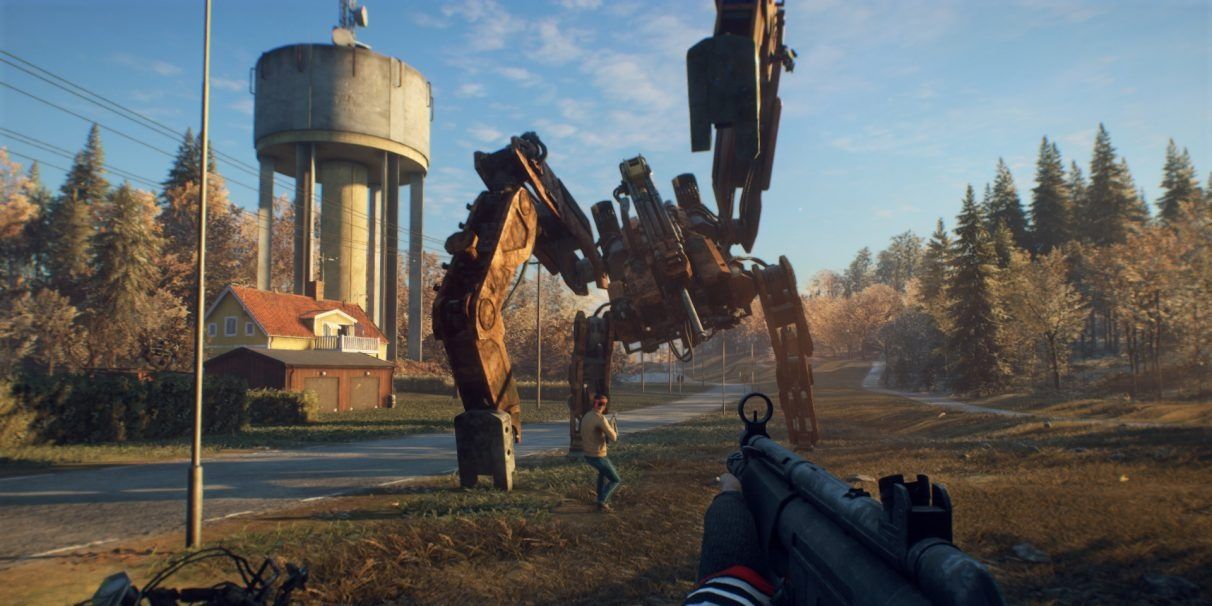Exploring vast worlds in video games is a good way to waste time in the best way. Open-world games give players the ability to do just that while not feeling restricted in where they can go. This sense of wonder is hard to find in other genres with more linear gameplay.
Considering the sub-genre is so popular, 2019 was yet another great year of open-world games. But while some games implement these vast worlds in great ways, others fall short in keeping the games themselves interesting. Still, it's worth looking back at this solid year and what worlds were worth our time.
10 Best: Blasphemous (Metacritic score: 82)
Beginning as a Kickstarter, Blasphemous was released to rave reviews by critics. This Metroidvania game stars The Penitent One, a knight who is traveling the fictional region of Cvstodia. Like any open-world game, the goal for the player is to explore the world and fight enemies. The goal of the game is to complete the Three Humiliations to reach the Cradle of Affliction, a sacred relic The Penitent One is looking for. The game was praised by critics for its incredible visuals and unique mechanics.
9 Worst: The Church In The Darkness (Metacritic score: 58)
Labeled as an "action-infiltration" game, The Church in the Darkness revolves around a religious cult in the 1970s called the "Collective Justice Mission." The playable character is Vic, an ex-cop who attempts to get inside of this cult to check in on his nephew Alex. The game revolves around stealth missions that involve getting around the camp during the search. Each time players play, elements such as the camp layout are procedurally generated. Despite the unique concept, the game is considered to be very hollow by critical standards.
8 Best: Death Stranding (Metacritic score: 82)
Hideo Kojima's latest masterpiece left many scratching their heads, yet thrilled with the experience. Death Stranding stars Sam Bridges, a porter tasked with delivering supply cargo to various cities isolated around the post-apocalyptic United States.
The player's tasks are to deliver these goods and add cities to a wireless communication network. Sam must deal with the Beached Things, bandits, and terrorists that stand in his way as he travels from one location to the next. The game was praised for its storytelling despite many being divided on its gameplay.
7 Worst: Tom Clancy's Ghost Recon: Breakpoint (Metacritic score: 56)
Tom Clancy's Ghost Recon isn't the most beloved series under the Clancy umbrella, and Breakpoint doesn't give the series the leap it needs. The installment is an online tactical shooter set in an open-world environment. As Anthony "Nomad" Perryman, players can explore the terrain of Auroa with others while fighting enemies in different ways. The game provides players the ability to ambush enemies or approach them stealthily. However, the mix of various genres and lack of variety throughout the game make it fall short of its predecessors.
6 Best: Outer Wilds (Metacritic score: 85)
Open-world games tend to give players seemingly endless time to explore, but Outer Wilds only gives players 22 minutes. This isn't a negative, however. The game revolves around an unnamed astronaut who is in a 22-minute time loop that ends each time with the sun becoming a supernova. The goal for the player is to retain knowledge from each loop and use it to further progression in the next loop. The game was praised for its beautiful environment and exciting gameplay. The soundtrack was also praised for being smooth and relaxing, giving the game an unexpectedly chill vibe.
5 Worst: Crackdown 3 (Metacritic score: 54)
Crackdown 3 is the continuation of a series that was inactive for nearly a decade. The world has lost electrical power due to a terrorist attack. Playable super-powered agents are tasked with heading to the source of the attack in New Providence. They must dismantle an evil corporation, Terra Nova, suspected as the perpetrators behind the attack. This third installment has similar gameplay as its first two games with traveling to different areas in the city and killing members of organizations controlling the city. Unfortunately, the game was criticized for being too similar to the last entry in the series.
4 Best: The Legend Of Zelda: Link's Awakening (Metacritic score: 87)
It was 26 years between the initial Gameboy release of The Legend Of Zelda: Link's Awakening and the release of its remake. The adventure game stars Link as he washes ashore on Koholint Island. The mystery area is filled with dungeons that Link must run through and beat to escape back home.
The game also features a dungeon creator where players can customize a dungeon and complete it for rewards. It was praised for its commitment to the original game as well as the adorable art style.
3 Worst: The Forbidden Arts (Metacritic score: 50)
It's rare to see many 2D platforming open-world games out there. The Forbidden Arts bills itself as an "old-school action-adventure platformer." Players are Phoenix, a young boy who is trying to master the element of fire after a druid awakens powers within him. The game's main focus is for players to discover and explore each level they are in. While the platforming levels are 2D, exploring the world map is in 3D. Critics felt like the game had a lot of potential, but fell flat due to terrible AI fights and a world that doesn't stand out.
2 Best: Red Dead Redemption 2 (Metacritic score: 93)
Rockstar Games' open-world western returned with a sequel and it was just as good as the first time. Red Dead Redemption 2 follows Arthur Morgan as he deals with the Wild West slowly dying out while other forces try to take him down. Players are able to freely roam the vast 1899 western world, participating in various heists, shootouts, and other activities to keep them busy. With both single-player and online multiplayer elements to enjoy, the installment was a massive success and won multiple game-of-the-year awards.
1 Worst: Generation Zero (Metacritic score: 45)
Set in 1989, Generation Zero takes place in Sweden in a post-apocalyptic alternative reality. The country has become overrun with robots that are killing everything in sight. As a Swedish teenager who returned from vacation only to find the people are gone, players must survive attacks to help victims and defeat the robots. The game is a first-person shooter that can be played online with up to three people, which should've worked, but it was panned for feeling unfinished in the eyes of critics, with specific criticisms focused on dull gameplay and various technical problems.

